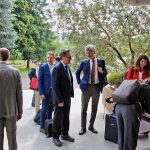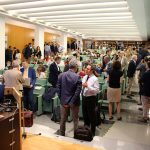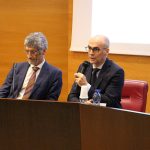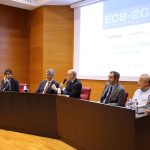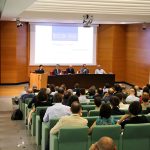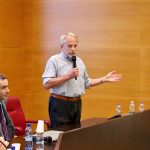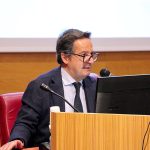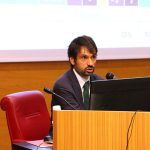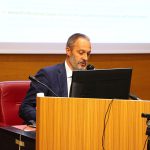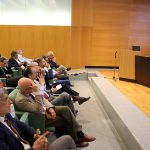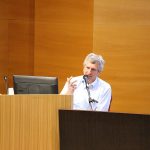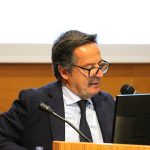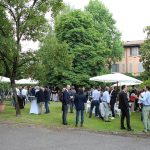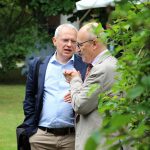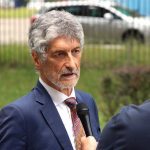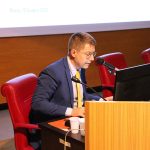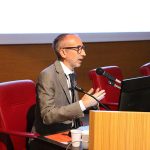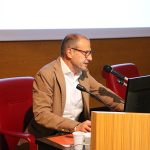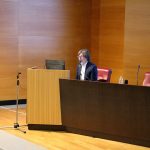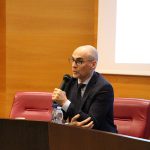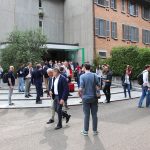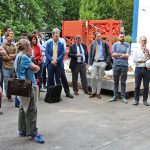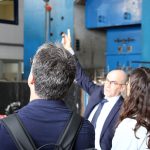On June 5th, 2025, Pavia will host a high-level technical event dedicated to the second generation of Eurocode 8, the leading European standard for structural design in seismic areas. The event will take place at Collegio Nuovo and will be jointly organised by the Eucentre Foundation and the Reluis Consortium.
What is Eurocode 8, and Why Does It Matter for Seismic Design?
Eurocode 8 (EN 1998) is part of the broader European Structural Design Standards framework, collectively called Eurocodes (EN 1990–1999). These harmonised technical standards ensure safety, reliability, and sustainability in construction across the European Union.
Eurocode 8 specifically addresses the design of buildings and infrastructure in seismically active regions, incorporating local geological and seismic hazard characteristics into structural design. Its adoption has been crucial in modernising national technical standards and fostering consistent European design approaches.
Second Generation Eurocode 8 (EC8-2G): What’s New
The updated version of Eurocode 8, called EC8-2G, introduces substantial innovations aligned with the latest advances in earthquake engineering. The revision includes updated seismic hazard assessment procedures, improved design response spectra definitions, and new insights on site-specific effects.
It also presents refined structural analysis methodologies, revised definitions of ductility classes, and updated guidance for designing with reinforced concrete, steel, timber, masonry, and composite materials.
Notably, the new Eurocode 8 covers a broader range of structural typologies, including bridges, silos, and tanks, and provides detailed frameworks for assessing and upgrading existing structures, as well as for implementing seismic isolation and energy dissipation devices.
This evolution reflects a commitment to delivering more performant, resilient, and durable structural designs firmly rooted in current scientific understanding and practical application.
A Training Opportunity for Structural and Earthquake Engineering Professionals
The event in Pavia will feature thematic sessions led by leading academics and researchers from prestigious institutions such as Politecnico di Milano, University of Naples Federico II, Sapienza University of Rome, University of Bergamo, University of L’Aquila, University of Genoa, and University of Pavia.
These sessions will delve into the updated Eurocode’s technical content, highlighting its implications for design practice and fostering discussion between code authors and the engineering community.
Eurocodes and National Annexes: Harmonisation with Local Adaptability
A distinctive feature of the Eurocodes is their dual role in promoting both pan-European harmonisation and national flexibility. Each Member State can customise the application of the codes through a National Annexe, which incorporates specific values and technical parameters suited to local conditions, such as seismicity or climatic loads.
This approach ensures that while the Eurocodes provide a unified foundation for structural design, they remain adaptable to national contexts, making them highly effective tools for enhancing safety and structural performance.
CNI Accreditation
The event received accreditation for the recognition of Professional Training Credits by the National Council of Engineers in the case of attendance.


